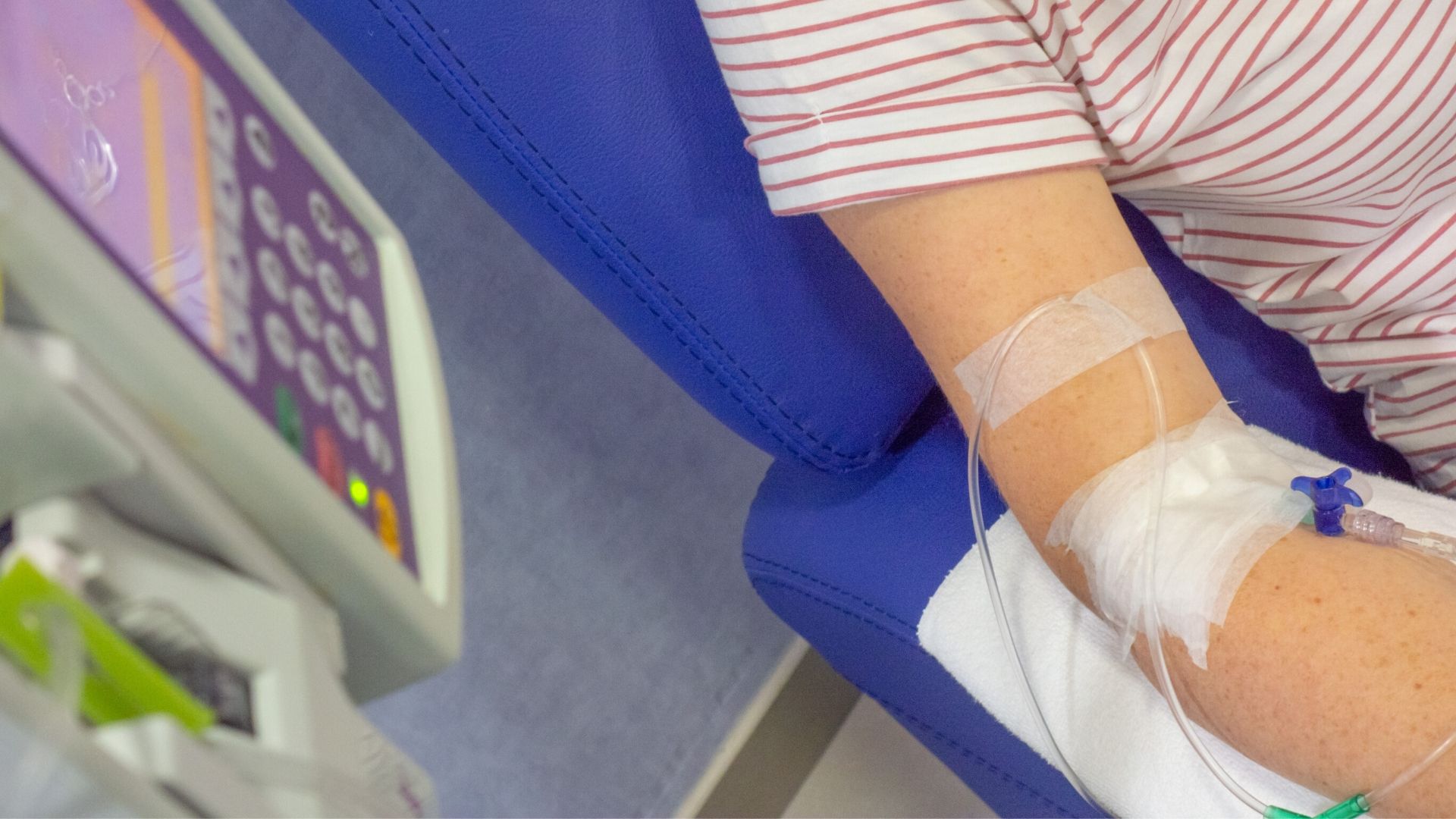The phases of CML

With most types of cancer, your medical team uses all your test results to stage your cancer. Staging means finding out how big the cancer is and if it has spread to other parts of your body. CML is a bit different – the disease is described in phases rather than stages.
CML can present in 3 phases:
• The chronic phase (most common)
• The accelerated phase (much less common)
• The blast phase (rare)
The phases are mainly based on how many immature (blast) white blood cells are in your blood or bone marrow.
Knowing the phase helps your doctor to plan your treatment, as different phases need different treatments.
The chronic phase
Around 9 out of 10 people diagnosed with CML are in the chronic phase. In this phase the CML is developing very slowly. Fewer than 1 in 10 (10%) of the blood cells in your bone marrow are blast cells.
You may only have mild symptoms or no symptoms at all during this phase. Treatment may keep your CML in the chronic phase for a long time – maybe even for your whole life if you keep taking your medication.
The accelerated phase
In this phase, there are more blast cells present – between 10% and 19% of the blood cells in your bone marrow are blast cells. You may develop new or more obvious symptoms if your CML enters this phase. For example, you may feel more tired than usual or you may lose weight. Read more about CML symptoms.
The blast phase
In this phase, more than 20% of the blood cells in your bone marrow are blast cells. These blast cells can also be found in the blood and in rare cases, can invade other organs.
During this phase, your chronic leukaemia can transform into an acute leukaemia (usually acute myeloid leukaemia).
If your CML enters the blast phase, you will probably have more serious symptoms, such as pain in your tummy or bones, a swollen spleen, repeated infections and unusual bleeding, such as bleeding gums and nosebleeds.

With the right treatment, CML often stays in phase 1, the more stable, chronic phase. Read more about how the different phases are treated.
For more information
Phone
1800 200 700


